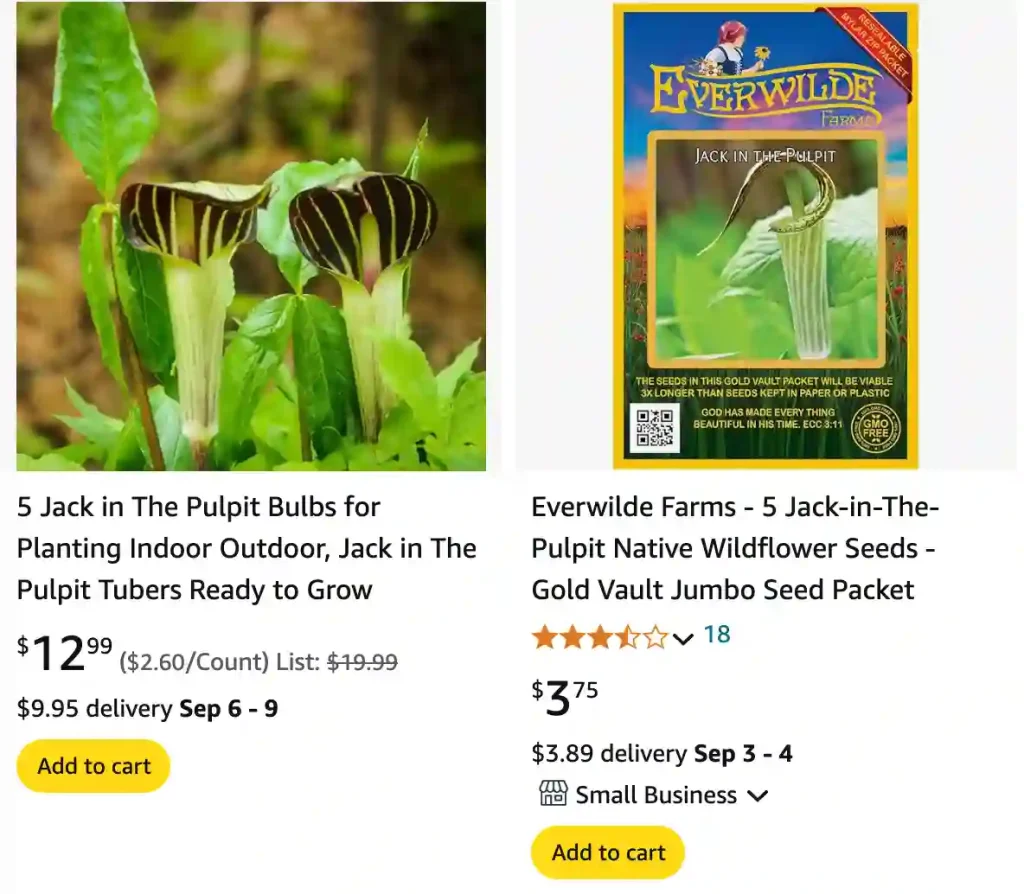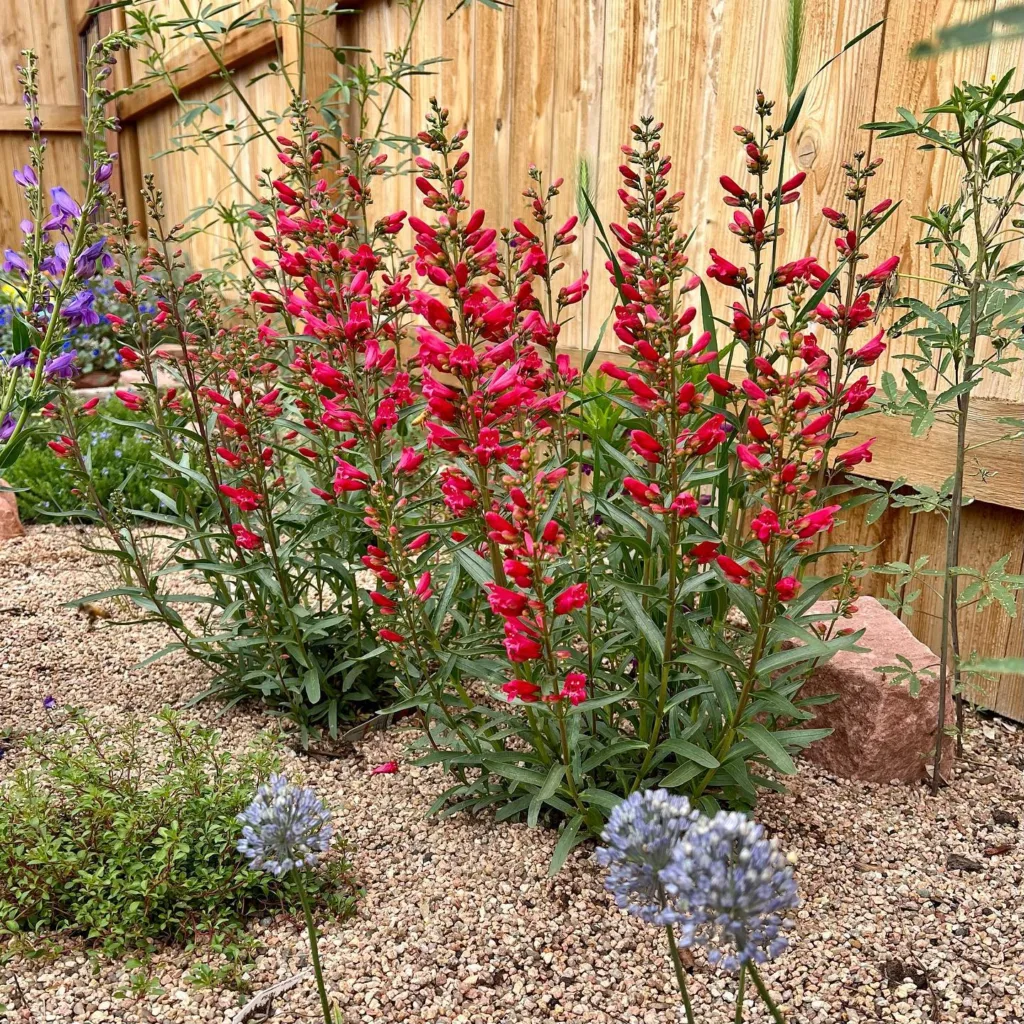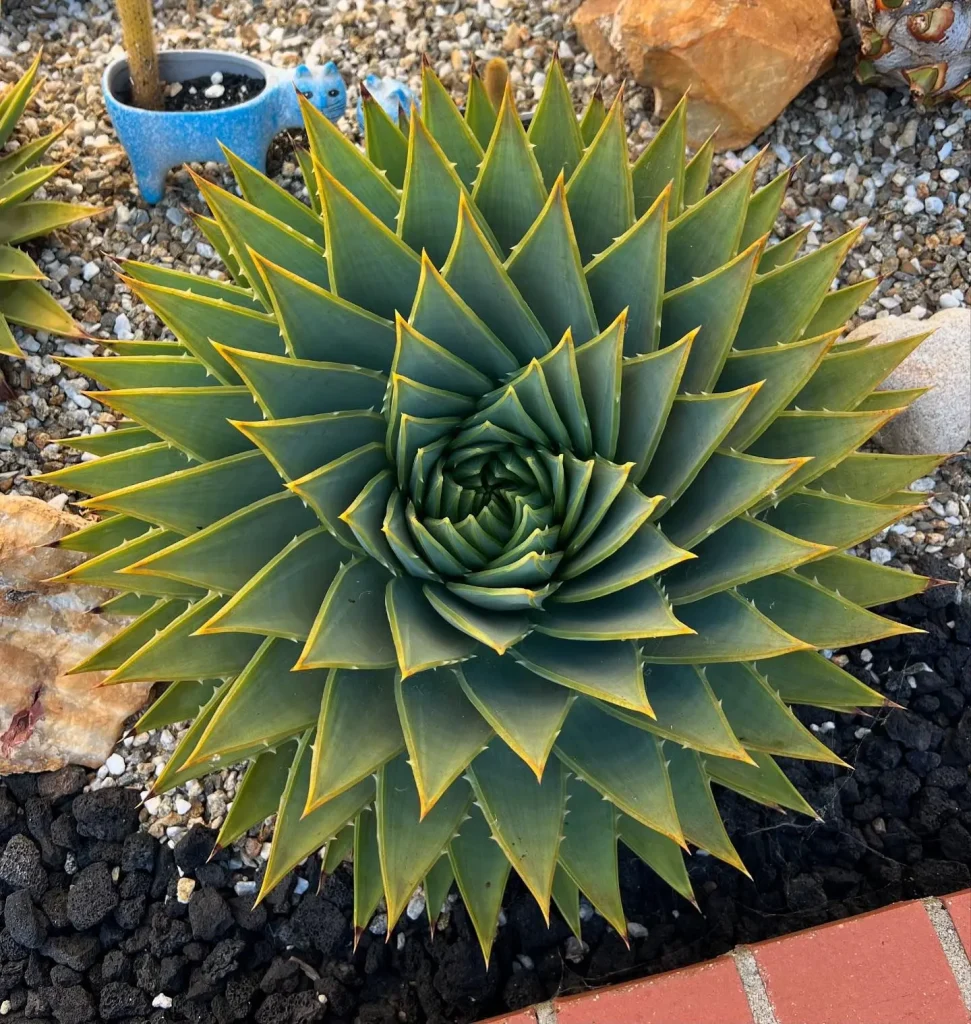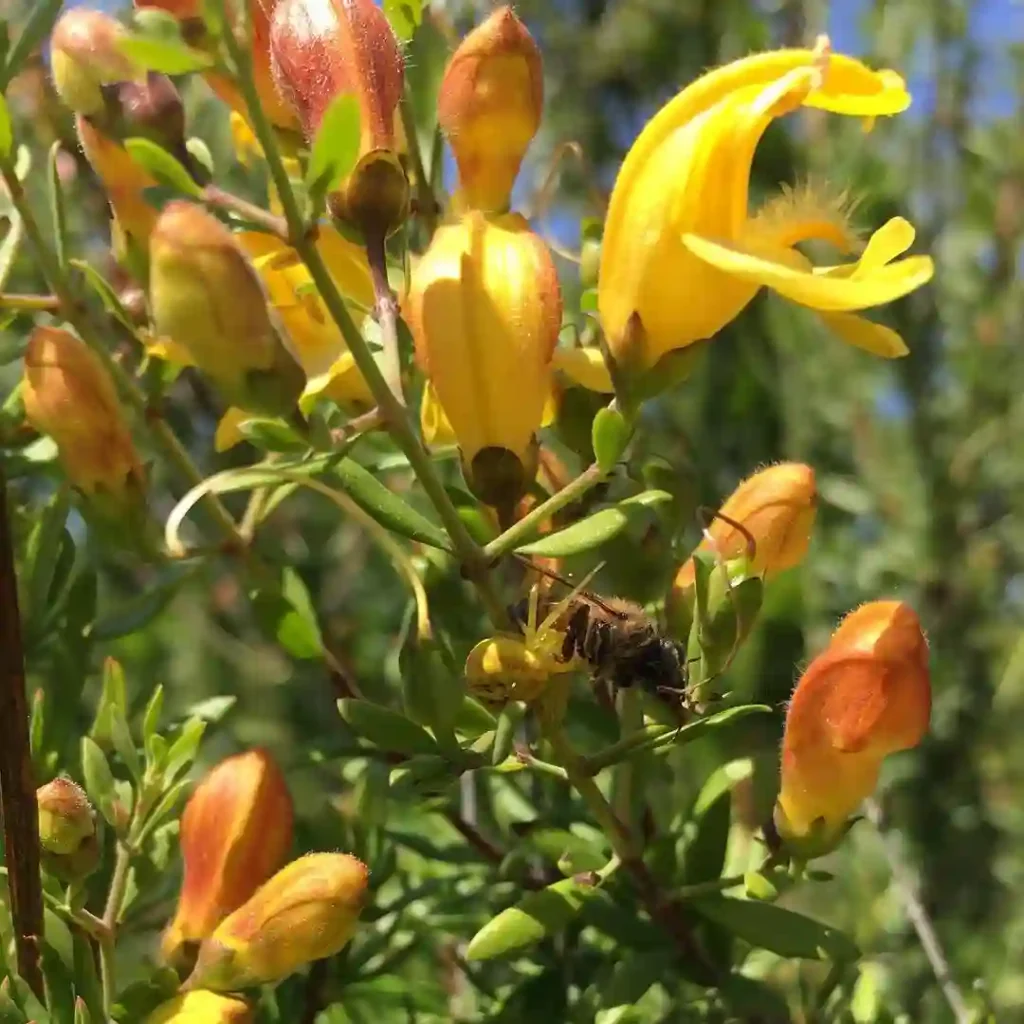
Jack-in-the-Pulpit: Your FAQs Answered
As a plant enthusiast, I’ve spent quite a bit of time studying and growing Jack-in-the-Pulpit, or Arisaema Triphyllum. This unique and captivating plant often raises many questions. Whether you’re a gardener looking to add an unusual touch to your collection or just curious about this fascinating plant, here’s a comprehensive guide to the most frequently asked questions about Jack-in-the-Pulpit.
212 Species in Genus Arisaema
What Is a Jack-in-the-Pulpit?
Jack-in-the-Pulpit is a perennial plant native to North America. It gets its name from its distinctive flower structure, which resembles a preacher in a pulpit. The plant features a hooded flower called a spathe that surrounds a central spike known as a spadix. This combination gives the appearance of a figure standing in a pulpit.
What Does a Jack-in-the-Pulpit Look Like?
The Jack-in-the-Pulpit plant is quite striking. It has a unique flower arrangement with a green or purplish spathe that forms a hood-like structure over the spadix. The spadix is usually green or yellow and extends upward, adding to the plant’s distinctive appearance. The leaves are typically divided into three leaflets, resembling a hand with three fingers.
Is Jack-in-the-Pulpit Edible?
Jack-in-the-Pulpit is not edible in its raw form. The plant contains calcium oxalate crystals, which can cause irritation and discomfort if ingested. Indigenous peoples historically used the plant after careful preparation to remove these toxins. However, for most people, it’s best to avoid consuming it.
Is Jack-in-the-Pulpit Poisonous?
Yes, Jack-in-the-Pulpit is poisonous if ingested. The calcium oxalate crystals present in the plant can cause severe irritation to the mouth, throat, and digestive tract. Symptoms of poisoning may include burning sensations, swelling, and nausea. It’s important to handle the plant with care and keep it away from children and pets.
Are Jack-in-the-Pulpits Carnivorous?
No, Jack-in-the-Pulpits are not carnivorous. Unlike some other plants such as Pitcher Plants, Jack-in-the-Pulpit does not catch or digest insects. It primarily relies on its roots to absorb nutrients from the soil.
Are Jack-in-the-Pulpits Endangered?
Jack-in-the-Pulpit is not currently classified as endangered. It is relatively common in its native habitats, which include woodlands and shaded areas across eastern North America. However, habitat destruction could impact its populations, so conservation efforts are important to ensure its continued survival.
Are Jack-in-the-Pulpits Protected?
In most regions, Jack-in-the-Pulpit is not protected by law. However, as with any native plant, it’s wise to check local regulations and guidelines before harvesting or disturbing these plants in the wild. Conservation efforts can help preserve natural habitats and protect plant species.
Do Jack-in-the-Pulpits Spread?
Yes, Jack-in-the-Pulpits can spread over time. They propagate through underground rhizomes, which can produce new shoots. In favorable conditions, a small group of Jack-in-the-Pulpits can gradually expand and cover a larger area.
How to Grow Jack-in-the-Pulpit from Seed?
Growing Jack-in-the-Pulpit from seed requires patience. The seeds have a hard outer coating and often need a period of cold stratification before they will germinate. Start by soaking the seeds in water for 24 hours, then place them in a cold, moist environment for several months. After stratification, plant the seeds in well-draining soil and keep them consistently moist. Germination can take several months to a year.
Where to Buy Jack-in-the-Pulpit Plants?
You can buy Jack-in-the-Pulpit plants from specialty nurseries, garden centers, or online plant retailers. It’s essential to choose reputable sources to ensure you’re getting healthy and authentic plants. Check reviews and ask for recommendations to find reliable vendors.
Where to Plant Jack-in-the-Pulpit?
Jack-in-the-Pulpit thrives in shaded or woodland environments. It prefers rich, well-draining soil and can tolerate a range of soil types, as long as it remains consistently moist. Plant it in a location with dappled sunlight or full shade for the best results.
Are Jack-in-the-Pulpits Rare?
Jack-in-the-Pulpits are not considered rare, but their availability may vary depending on your location. In their native habitats, they are quite common. However, in areas outside their natural range, finding them might be more challenging.
Can You Grow Jack-in-the-Pulpit Indoors?
Growing Jack-in-the-Pulpit indoors is possible but challenging. The plant requires specific conditions to thrive, including adequate light, humidity, and temperature. It’s often easier to grow this plant outdoors where it can mimic its natural habitat.
Do Deer Eat Jack-in-the-Pulpit?
Deer generally avoid Jack-in-the-Pulpit due to its toxicity. The plant’s unpleasant taste and potential for causing irritation deter deer and other herbivores. However, in times of food scarcity, deer might nibble on it, but it is not a preferred food source.
Jack-in-the-Pulpit vs. Ginseng
Jack-in-the-Pulpit and Ginseng are often confused due to their similar habitat and appearance, but they are quite different. Ginseng has a more rounded, clustered growth pattern and is highly valued for its medicinal properties. In contrast, Jack-in-the-Pulpit is known for its unique flower structure and is not used medicinally.
Jack-in-the-Pulpit vs. Trillium
Jack-in-the-Pulpit and Trillium both have striking flowers and grow in woodland settings, but they differ in appearance. Trillium has three petal-like tepals and typically grows in a single stalk with three broad leaves. Jack-in-the-Pulpit features its distinctive spathe and spadix structure.
Jack-in-the-Pulpit vs. Pitcher Plant
Jack-in-the-Pulpit and Pitcher Plant are often mistaken for each other because of their unusual shapes, but they serve different ecological roles. Pitcher Plants are carnivorous, trapping insects in their tubular leaves, while Jack-in-the-Pulpit is non-carnivorous and relies on standard nutrient uptake through its roots.
Jack-in-the-Pulpit vs. Lady Slipper
Lady Slipper orchids and Jack-in-the-Pulpit are both native to woodland areas and have striking flowers, but their appearances are quite distinct. Lady Slippers are orchids with a pouch-like flower, while Jack-in-the-Pulpit has a hooded flower structure. Additionally, Lady Slippers are often cultivated for their ornamental value, while Jack-in-the-Pulpit is more known for its unique floral structure.
Jack-in-the-Pulpit vs. Poison Ivy
Jack-in-the-Pulpit and Poison Ivy can be easily confused due to their similar growing environments. However, Poison Ivy is notorious for its skin-irritating oils, whereas Jack-in-the-Pulpit is known for its distinctive flowering structure. Both plants can be found in similar habitats, but they are botanically and functionally different.
How to Care for Jack-in-the-Pulpit
Caring for Jack-in-the-Pulpit involves maintaining its preferred conditions: shaded locations with moist, well-draining soil. Regular watering is crucial, but avoid waterlogging. During the growing season, ensure the plant receives adequate moisture, and mulch around the base to retain soil moisture and keep weeds at bay.
Common Problems with Jack-in-the-Pulpit
Common issues with Jack-in-the-Pulpit include fungal diseases and pests such as aphids or spider mites. Ensuring proper air circulation and avoiding overly wet conditions can help prevent fungal problems. Regularly inspecting the plant for pests and treating any infestations promptly will keep it healthy.
In summary, Jack-in-the-Pulpit is a fascinating and unique plant that can be a great addition to shaded garden areas. By understanding its care requirements and how it compares to other plants, you can ensure a thriving and visually striking addition to your plant collection.
If i die, water my plants!



